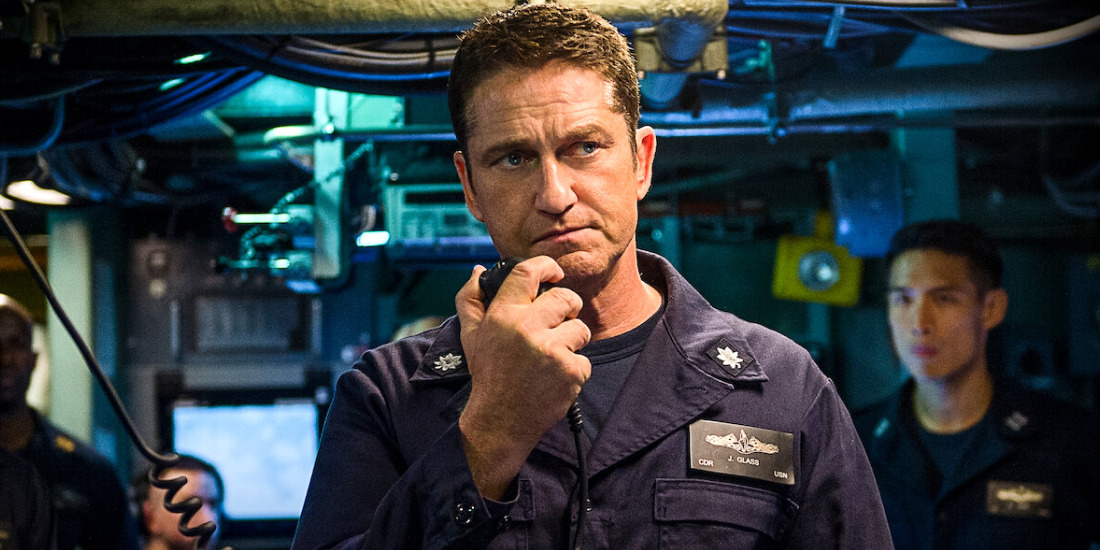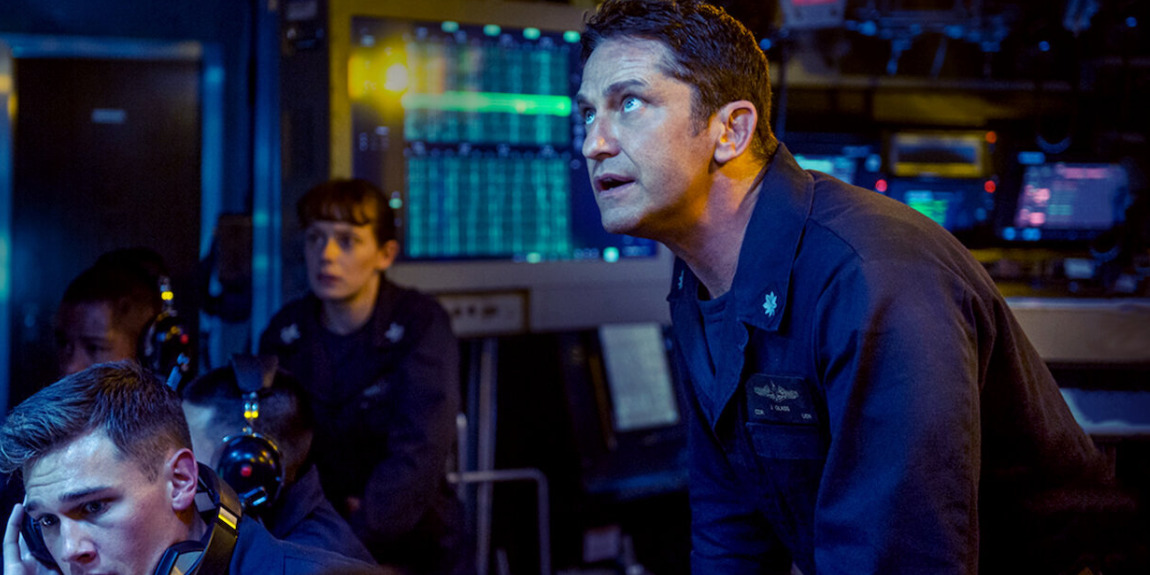The 2018 action film, ‘Hunter Killer,’ helmed by Gerard Butler, brings the story of its titular war submarine, USS Arkansas, on its assignment to execute a rescue mission that might just save the world from World War III. Under Captain Joe Glass’ command, the USS Arkansas traverses Russian territory following a coup that leaves the country’s President, Zakarin’s life in peril. In its journey, the American vessel and the military sailors aboard face numerous threats confronted with unprecedented waters.
Within the film, the USS Arkansas Submarine occupies similar significance as a character as others like Captain Glass, Andropov, or John Fisk. The submarine houses numerous lives within its precarious but sturdy walls while braving the harsh ocean and enemy fire. Thus, it proves its merit as the film’s namesake character. However, given the peculiar term used to define the submarine and its subsequent utilization in the film’s title, people must be curious about the origin behind the USS Arkansas’ title as a ‘Hunter Killer.’
Attack Submarines, AKA Hunter Killers
In the film ‘Hunter Killer,’ the USS Arkansas Submarine earns its eponymous classification due to its build as a U.S. Navy attack submarine. Such vessels are built to attack other vessels, be it merchant ships or warships that operate on the ocean surface or similar underwater submarine vessels. Since these submarines are used to sink other vessels— or, in other words, hunt them— they get their title as a hunter-killer after their served purpose.

The U.S. Navy attack submarines, in particular, are nuclear-powered and equipped with Tomahawk cruise missiles. These technical additions are included in the film’s rendition of the vessel and end up playing a crucial role in the story’s third act. Similarly, as depicted in the film, these submarines are usually employed for reconnaissance missions, battle group operation support, or participation in underwater warfare.
However, the one crucial difference that viewers can spot between real-life hunter-killers and the one presented in the film remains the gap in the magnitude of the distance involved in such missions. For the sake of the narrative, this detail was exaggerated and made more convenient on screen. Nevertheless, apart from such plot-driven differences, the film’s submarine and its mechanics remain true to reality.
USS Arkansas, the specific attack submarine depicted in the film, is modeled after a real-life U.S. Navy Attack Submarine, particularly the Virginia class vessel. According to Butler, who essays the role of Captain Glass alongside occupying the producer role in the film‘s making, his on-screen vessel was, in fact, a duplicate of the Virginia-class submarine. “We got all the Navy engineers to work with our production department, and they spent a long time [perfecting the on-screen USS Arkansas model],” said Butler in a conversation with Robert Ebert.
“[So] It was a living, breathing environment that really came to life and was incredibly exhilarating,” the actor added. “You’re in this confined space, pretty much as exact a replica of the control room of Virginia-class sub as you could get, and I literally feel like our sub was about to go down, and we’re going to be hit.”
Therefore, given the significance of the USS Arkansas within the story, the vessel’s technical classification ends up lending itself to the film’s title. Yet, interestingly, the submarine’s mission ends up necessitating neither hunting nor killing. Instead, under Glass’ command, the vessel returns from its journey after besting its enemies through diplomacy and collaboration with the Russian government. As such, even though the hunter-killer submarine in the film faces many life-threatening situations, it remains a beacon of cooperation in a politically unstable situation.
Read More: Hunter Killer: Is Gerald Butler’s Joe Glass Based on a Real Captain?


You must be logged in to post a comment.